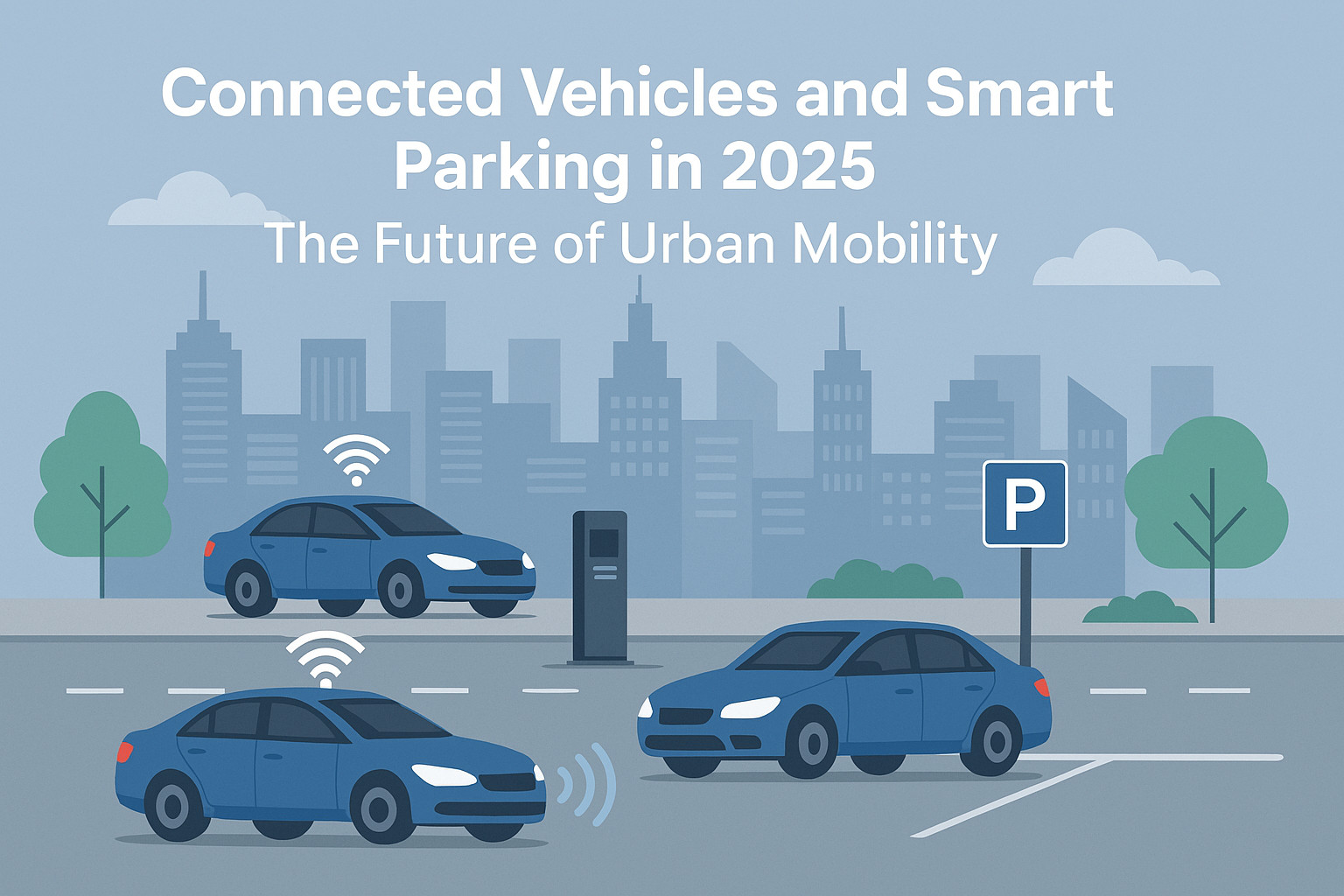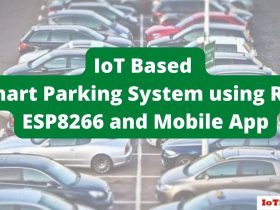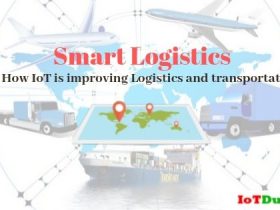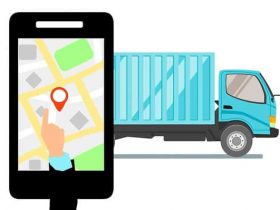Connected Vehicles and Smart Parking: The Future of Urban Mobility
The automotive landscape is undergoing a massive transformation with the rise of connected vehicles and intelligent parking solutions. Powered by cutting-edge technologies like the Internet of Things (IoT), 5G, Artificial Intelligence (AI), and Big Data analytics, vehicles are no longer just machines for transport — they are evolving into intelligent, communicative systems integrated into smart city ecosystems.
What is a Connected Vehicle?
A connected vehicle is equipped with internet access and communication technologies that allow it to interact with:
- Other vehicles (V2V – Vehicle-to-Vehicle)
- Infrastructure (V2I – Vehicle-to-Infrastructure)
- Pedestrians (V2P – Vehicle-to-Pedestrian)
- The cloud and external services (V2X – Vehicle-to-Everything)
These vehicles can send and receive data in real time, enhancing road safety, traffic efficiency, entertainment, diagnostics, and navigation. In-car connectivity is achieved through built-in communication modules, sensors, and portable devices that work together seamlessly.
Key Applications of Connected Vehicles
Connected vehicles support a wide range of use cases, including:
- Real-time traffic updates
- GPS navigation with live rerouting
- Remote diagnostics and predictive maintenance
- Emergency assistance and accident alerts
- Integration with autonomous driving technologies
- Enhanced infotainment systems
By connecting vehicles to external networks, users gain access to services that significantly enhance the driving experience and contribute to safer, smarter roads.
The Role of 5G in Future Mobility
The rollout of 5G networks is a game-changer for the connected vehicle ecosystem. With its ultra-low latency and blazing-fast speeds, 5G supports real-time data transmission and advanced vehicle-to-everything (V2X) communication.
This enables:
- Faster and more reliable communication between cars and infrastructure
- Smarter traffic management in congested urban areas
- Support for autonomous and semi-autonomous vehicle operations
- Real-time updates for smart parking systems
Not just limited to cities, 5G also enhances smart agriculture, logistics, and public transport, making mobility smarter across sectors.
Smart Parking: Making Urban Travel Efficient
Connected parking systems are revolutionizing how we find and manage parking in busy cities. Traditional parking struggles—like circling the block endlessly—are being eliminated with intelligent parking solutions powered by IoT and AI.
These systems include:
- Sensor-based monitoring of parking spots
- Mobile apps showing real-time availability
- Automatic payment systems
- AI-powered parking assist features
With connected technology, drivers receive guidance to the nearest available spot, reducing search time, fuel consumption, and emissions. This not only improves the user experience but also contributes to a greener urban environment.
Advanced Parking Assistance Technologies
Leading automotive manufacturers and tech firms are integrating automated parking features such as:
- Park Assist Systems: Automatically steer the vehicle into tight spots.
- Ultrasonic Sensors: Detect nearby obstacles and assist with safe parking.
- Emergency Braking Assist: Automatically applies brakes if a collision risk is detected during parking.
These solutions are part of a holistic mobility ecosystem that combines software, hardware, and cloud services to support safer, more efficient driving experiences.
Future of Mobility: A Connected Ecosystem
Urban mobility is shifting towards a connected and automated future. Smart cities are investing in technologies that support sustainable, efficient, and user-friendly transportation systems. The local governments are partnering with private tech providers to implement:
- Intelligent transport systems (ITS)
- Digital traffic lights and signs
- Real-time transit data and scheduling
- Electric and autonomous public transport
Mobility as a Service (MaaS) is becoming a reality, combining multiple forms of transport into a single accessible service via apps.
The Business Potential of Connected Mobility
The global market for connected vehicles is booming. According to market forecasts, the industry is expected to surpass $150 billion in value, driven by advancements in mobility solutions, safety features, and digital services.
Automakers are shifting their focus toward:
- Seamless connectivity
- Enhanced in-car experiences
- Predictive maintenance and diagnostics
- Sustainable and electric mobility
These innovations are not only improving the quality of life for end users but also opening up new revenue streams for businesses across automotive, telecom, and tech sectors.
Conclusion
The convergence of IoT, AI, machine learning, 5G, and data analytics is redefining the automotive and transportation industries. Connected vehicles and intelligent parking systems are key components of this transformation, offering smarter, safer, and more sustainable urban mobility.
As cities become more digital, the role of connected mobility will only expand — making our roads safer, our cities cleaner, and our lives more convenient.
See also: What are Intelligent Transport Systems? IoT in Transportation
We’d love to hear from you!
What are your thoughts on connected vehicles and smart parking? Let us know in the comments.
Subscribe to our YouTube Channel for more insightful IoT tutorials and videos.
If you have an innovative smart product or service and want to reach the right audience, submit a guest post to IoTDunia and showcase your solution to the world.










Leave a Review